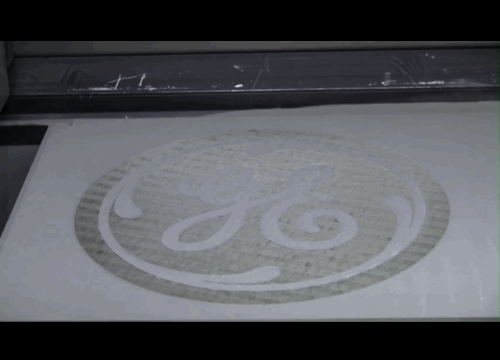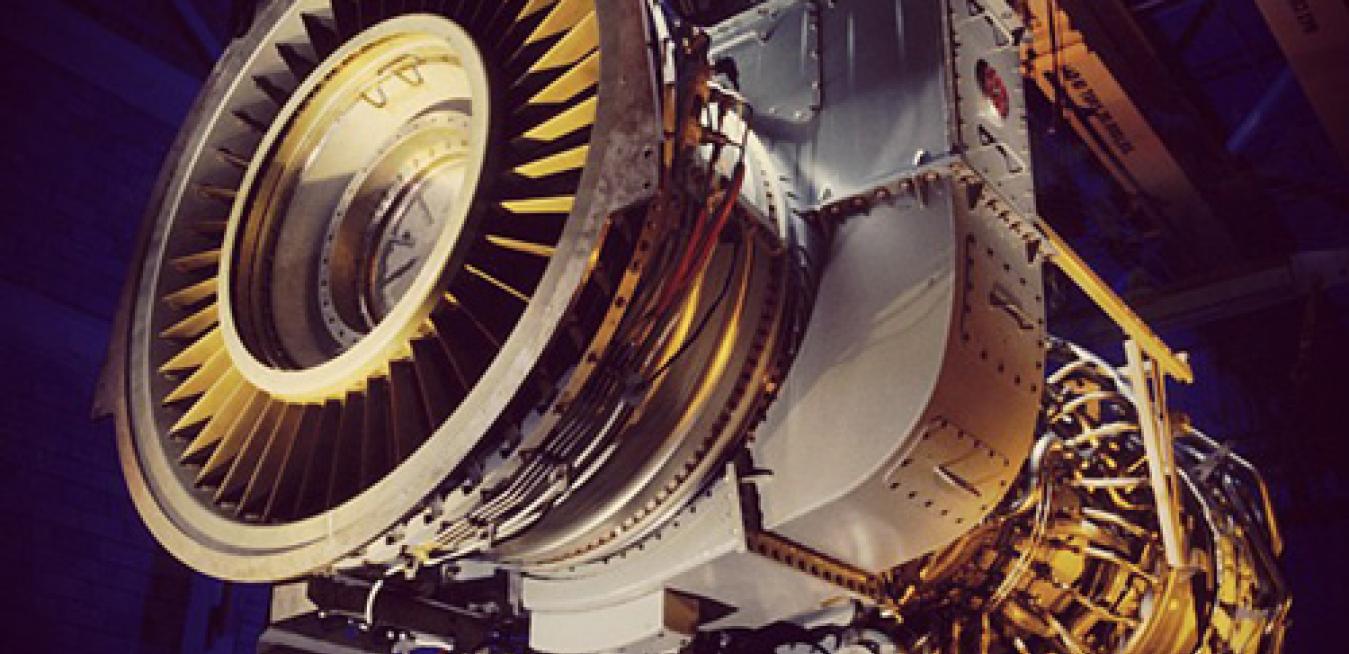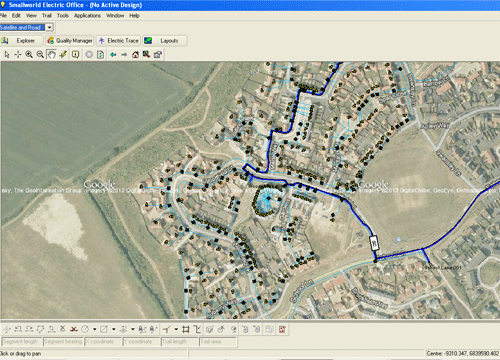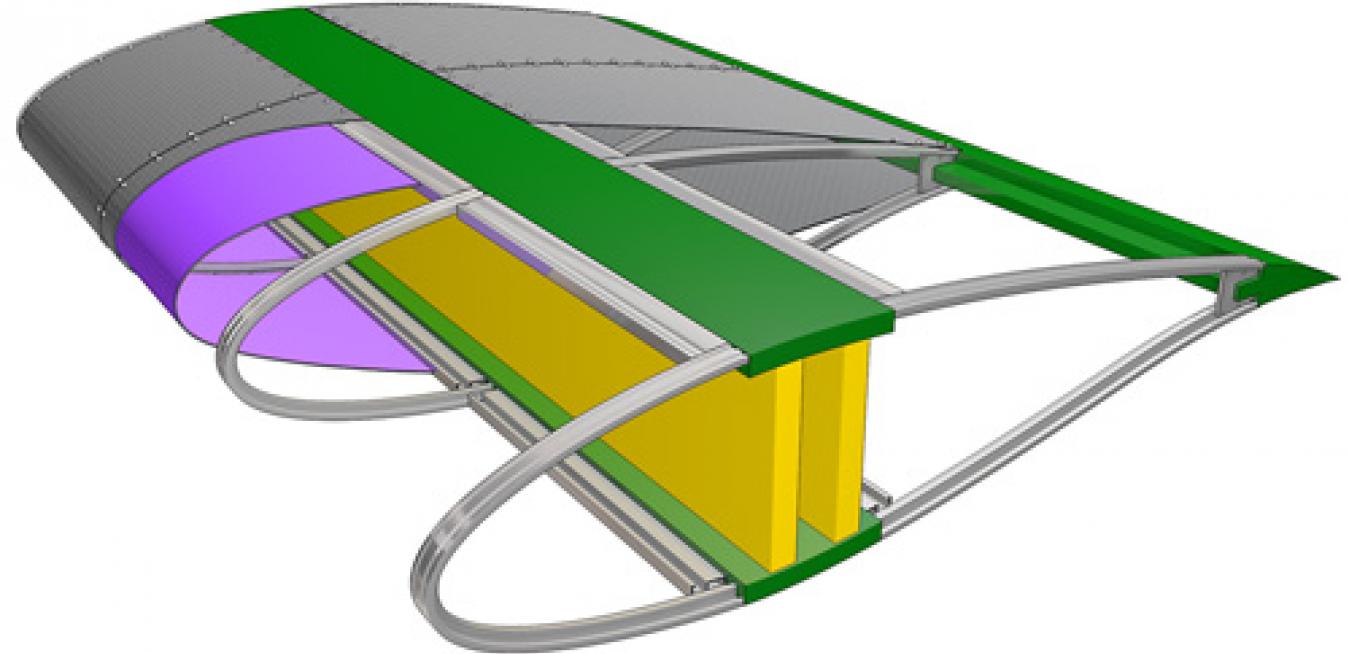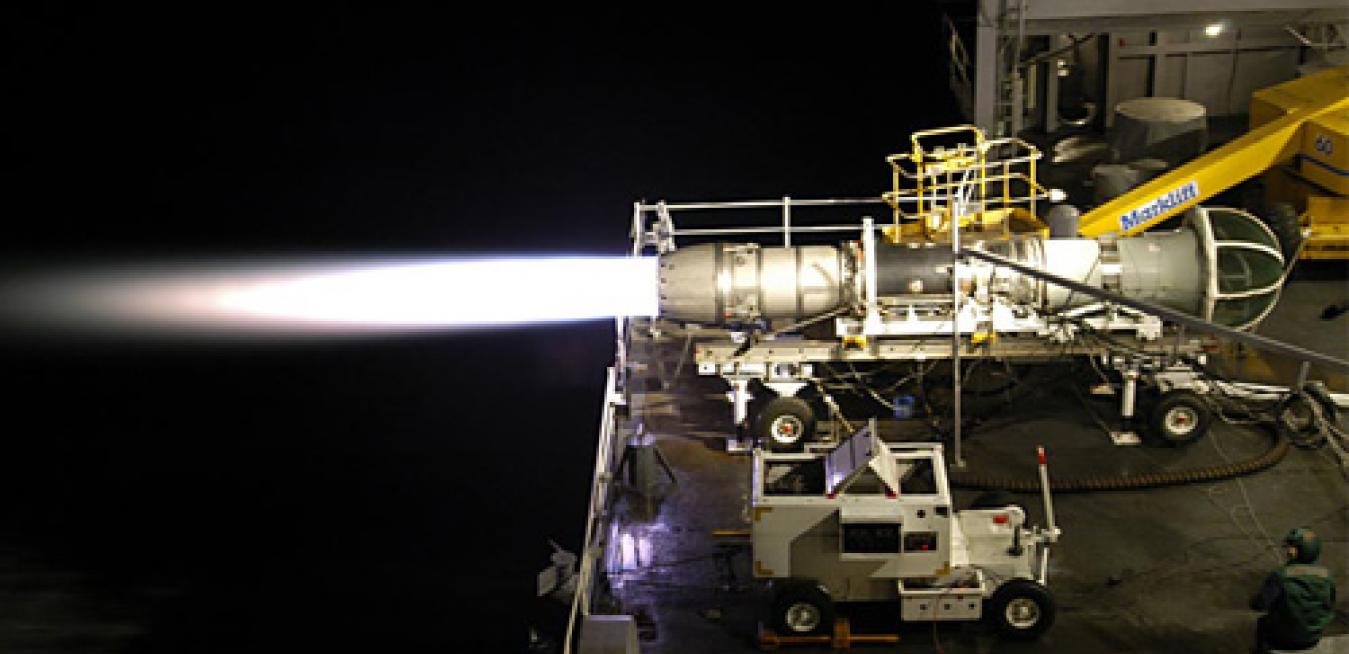Over the last decade, engineers at GE Aviation have been experimenting with a new way to make jet engine parts. Rather than cutting, milling and drilling engine components, they weld together thin layers of powdered metal with a 200-watt laser and build parts from the ground up. Now, other businesses are supersizing 3D printing and pushing the technology into new areas.
Europe’s beating industrial heart, Germany, will lose as much as fifth of its lifeblood electricity over the next decade as the country pulls the plug on nuclear reactors. A process called Energiewende will replace nuclear power with a combination of electricity from natural gas and renewables.
A new generation of jet engines, locomotives, MRIs and other big machines loaded with sensors generating gigabytes of data and linked in networks will become more efficient to operate, easier to deploy, and more accessible to innovators, according a new report on the industrial internet published by O’Reilly Media and sponsored by GE. “The barriers between software and the physical world are falling,” the report says. “It’s becoming easier to connect big machines to networks, to harvest data from them, and control them remotely.”
Last month, yet another massive storm gathered over the Northeast, dumped several feet of snow from Connecticut to Maine, and plunged thousands of locals into freezing darkness. Although we can’t yet engineer weather, we can use software engineering to soften its blows.
Contrary to popular belief, taking a piano to a fourth-story walk up apartment in New York City may not be the toughest moving job. Consider the wind turbine. The stiff fiberglass blades of the largest turbines span half the length of a football field. Moving them from the factory to the wind farm requires custom cranes, oversize rigs, hours of careful route and traffic planning, and expert drivers to execute precarious turns. What if you could do away with all that and also eliminate the million-dollar molds used to make them for good measure?
Hurricane Sandy’s winds uprooted lives and wiped out power lines from Delaware to Massachusetts, breaking branches, knocking down trees, and driving a devastating ocean surge. In New Jersey, which took the brunt of the storm’s fury and saw the largest blackout of all the states impacted, more than 2.6 million outages to homes and businesses were reported.
When the U.S. Navy’s USS Makin Island leaves base, it does not steam across the ocean. It motors. The amphibious assault ship, commissioned in 2009, is the Navy’s first hybrid ship. “It’s like a floating Prius, but much bigger,” says Paul English, a marine leader in GE’s Power Conversion business. “If you consider a hybrid car, it makes sense to run the gas engine on the highway and switch to an electric motor in stop-and-go traffic. It’s the same on the ocean.”
